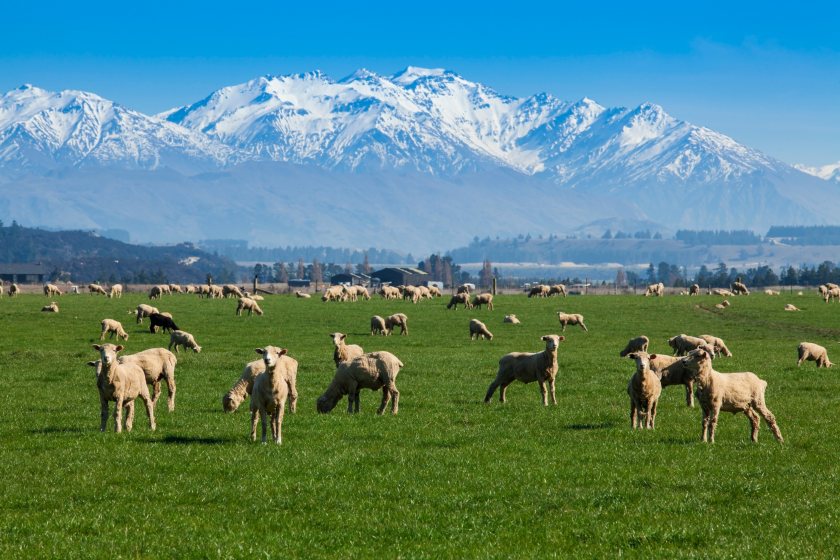
New Zealand's ratio of sheep to people is the lowest it has been in over 150 years, the latest data shows.
The country's national flock stood at 25.3 million sheep as of 30 June 2022, according to figures by Stats NZ.
This was 2% lower than the year before and continues the long-term contraction of the national flock.
Since 2002, the New Zealand national flock has shrunk by 14.2 million head, representing a 36% fall.
This puts the ratio of sheep to people below 5:1 for the first time since records began in the 1850s, Stats NZ says.
For context, in the 1980s the ratio peaked at around 22:1.
Responding to the figures, AHDB said several factors had contributed to this decline, with the removal of farm subsidy in the 1980s being the most instrumental.
"More recently sheep numbers have been pressured by factors including lower global wool prices, adverse weather and increased tree-planting for carbon-offsetting schemes," said Hannah Clarke, AHDB analyst.
She added: "Even though New Zealand’s sheep numbers have declined, the volume of sheep meat exported has remained relatively stable.
"Over the last 10 years for example, the national flock has contracted by 19%, while exports have fluctuated around 400,000 tonnes (+7% between 2012–2022), demonstrating an increase in productivity."
Beef & Lamb New Zealand have forecast that declining ewe numbers will have contributed to the 2022/23 lamb crop shrinking by 8.5% from the previous season.
Exports of sheep meat therefore were expected to decline, but since October - the start of New Zealand’s export season - sheep meat export volumes have grown slightly year-on-year, at 3%.
